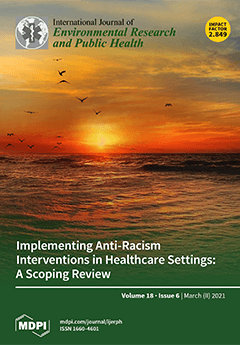The main aim of this paper was to examine the association between prematch well-being status with match internal and external load in field (FR) and assistant (AR) soccer referees. Twenty-three FR and 46 AR participated in this study. The well-being state was assessed using the Hooper Scale and the match external and internal loads were monitored with Stryd Power Meter and heart monitors. While no significant differences were found in Hooper indices between match officials, FR registered higher external loads (
p < 0.01; ES: 0.75 to 5.78), spent more time in zone 4 and zone 5, and recorded a greater training impulse (TRIMP) value (
p < 0.01; ES: 1.35 to 1.62) than AR. Generally, no associations were found between the well-being variables and external loads for FR and AR. Additionally, no associations were found between the Hooper indices and internal loads for FR and AR. However, several relationships with different magnitudes were found between internal and external match loads, for FR, between power and speed with time spent in zone 2 (
p < 0.05; r = −0.43), ground contact time with zone 2 and zone 3 (
p < 0.05; r = 0.50 to 0.60) and power, speed, cadence and ground contact time correlated with time spent in zone 5 and TRIMP (
p < 0.05 to 0.01; r = 0.42 to 0.64). Additionally, for AR, a relationship between speed and time in zone 1 was found (
p < 0.05; r = −0.30; CL = 0.22). These results suggest that initial well-being state is not related to match officials’ performances during match play. In addition, the Stryd Power Meter can be a useful device to calculate the external load on soccer match officials.
Full article





